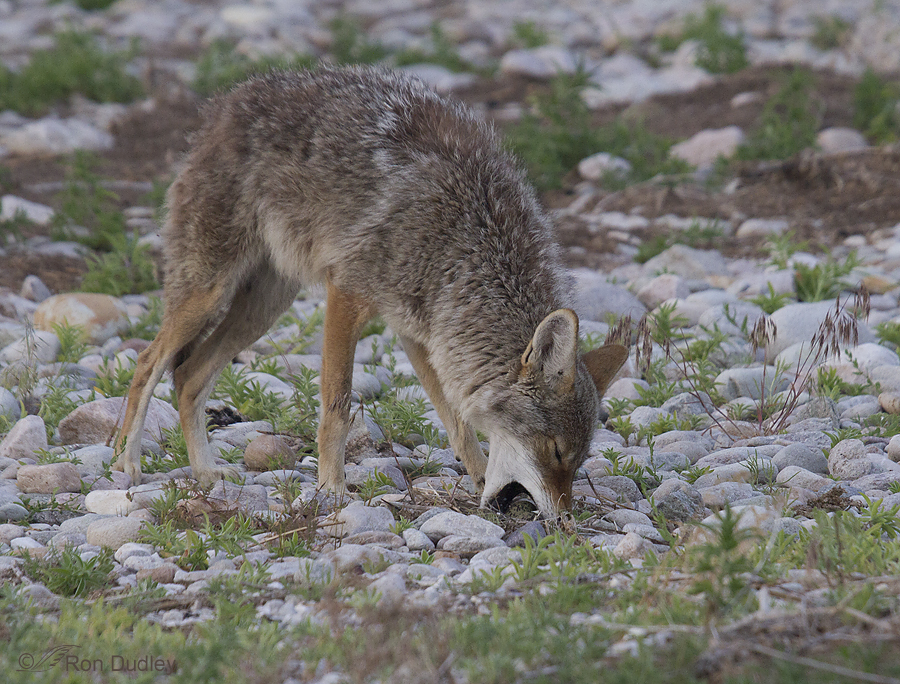These images were all taken over the last eight days, either at Bear River Migratory Bird Refuge or Antelope Island. Another one of my “potpourri” posts with no common theme except “feathers”. 1/640, f/7.1, ISO 640, 500 f/4 The Willets have finally come up on the island for their mating activities (as opposed to the shoreline for recuperation after migration) and I like to try to catch them perched high on the sagebrush where they call loudly to other Willets. 1/2500, f/6.3, ISO 500, 500 f/4, 1.4 tc Western Meadowlarks are in their glory right now and their distinctive songs reverberate all over the island. 1/5000, f/6.3, ISO 500, 500 f/4, 1.4 tc I got closer to this one than I usually can. 1/1600, f/7.1, ISO 500, 500 f/4 This Loggerhead Shrike was grooming peacefully when I noticed a distinct change in its behavior. 1/1250, f/7.1, ISO 500, 500 f/4 A Common Raven flew low overhead and this was the shrike’s reaction. It flattened its body out almost into a bullet shape and pointed that bullet at the raven as it passed. I’m guessing it was an instinctive behavior to present the smallest profile possible to a larger bird that might be a potential threat. It was comical to watch it turn as the raven flew by to keep its body pointed in the larger birds direction. 1/2000, f/6.3, ISO 500, 500 f/4, 1.4 tc I’m always happy to catch a Chukar perched on a boulder, especially when it isn’t one of the…
Continue reading


